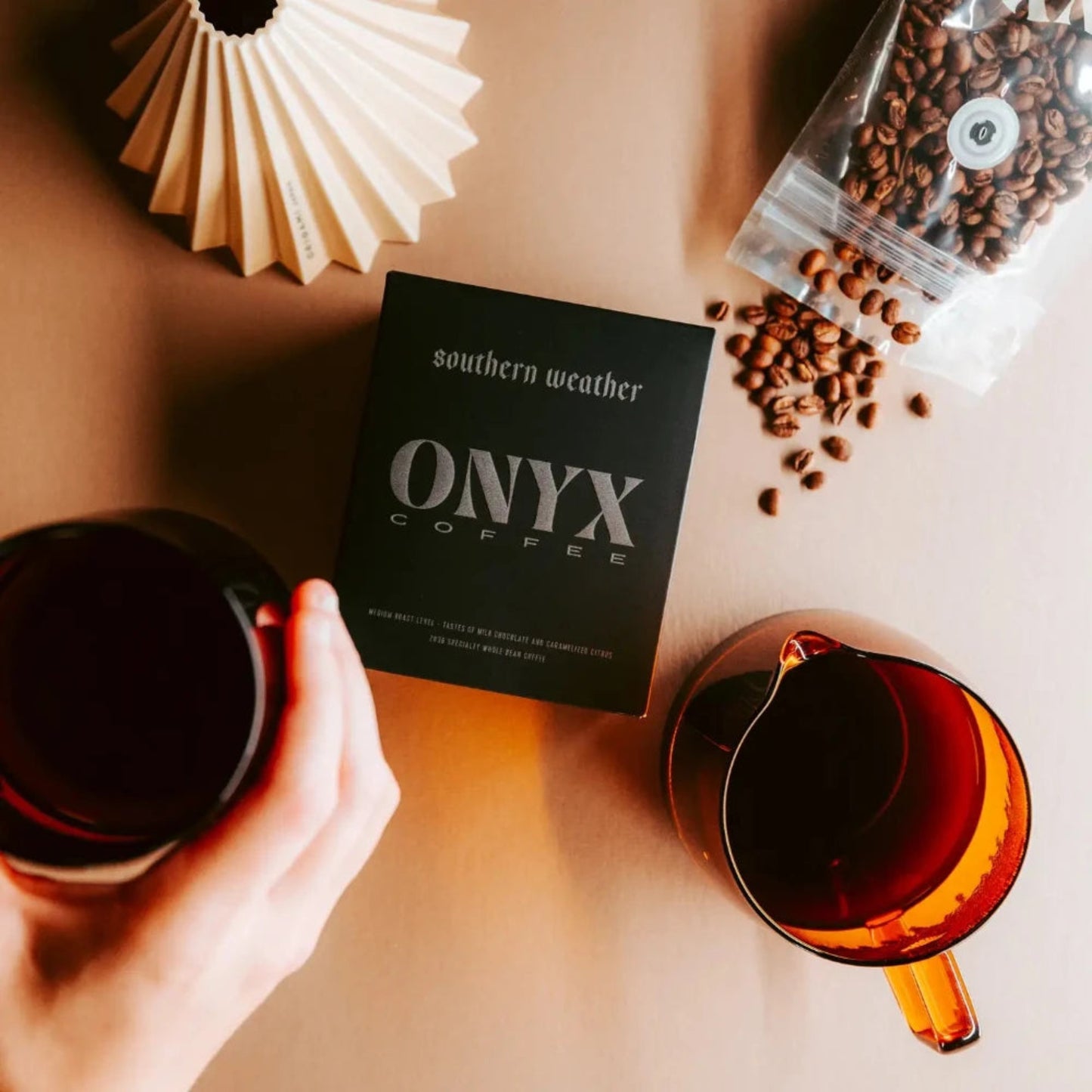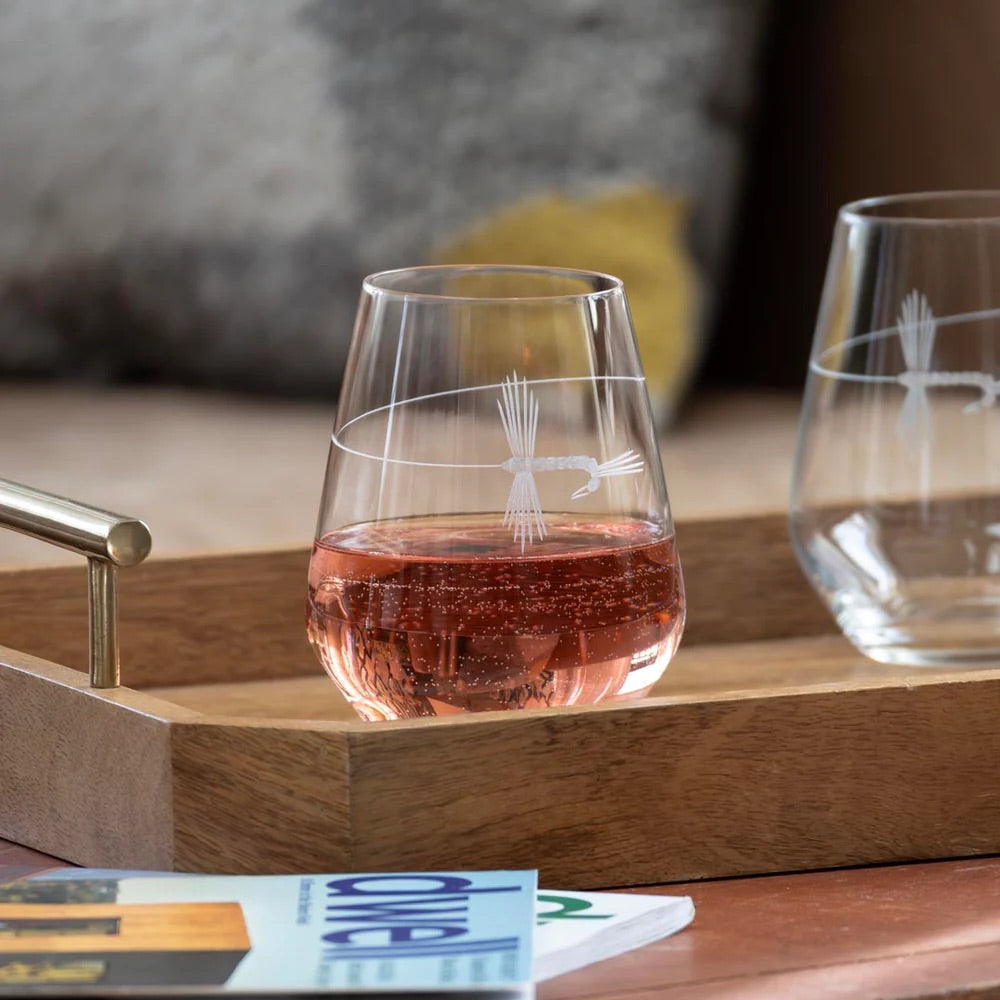Raspberry Hibiscus Tea - Refreshing & Caffeine-Free
Tasting Notes-
Sweet Lemon | Fresh Raspberry | Floral
Caffeine-
This tea offers a gentler alternative for those seeking the comforting warmth and taste of tea without a noticeable caffeine boost. Although naturally much lower in caffeine compared to traditional black or green teas, decaf varieties still retain the soothing aromas and subtle flavors that tea is renowned for. Whether enjoyed in the early morning or as a relaxing evening indulgence, decaf tea provides an easygoing option that allows tea enthusiasts to savor familiar comforts any time of day. With each cup, you can relish the same cherished qualities of tea—aroma, ritual, and gentle satisfaction—while minimizing caffeine consumption.
Summary-
This tart pink herbal tea blend is inspired by sour ale and Nordic-style coffee roasts, which are known for their fruit-forward notes and high levels of malic acidity. Steeping the tea in hot water results in a vivid pink hue, with smooth hibiscus flowers and juicy rose hip pods creating warm floral aromas. The stimulating bright tartness of raspberry leaf hits your taste buds, followed by a lingering citrusy finish. Naturally caffeine-free, rich in antioxidants, and very pink, this tea is a refreshing and visually appealing option. Try it iced with sweetener for a delightful pink drink.
Origins-
Germany
Southern Germany (Bavaria) where cooler, temperate climates allow for the growth of Rose Hip and Raspberry Leaf plants. Germany has a long history of using rose hips and raspberry leaves in traditional herbal medicine and teas.
Croatia
Croatia has a long history of using medicinal herbs in tea blends, and its Mediterranean and continental climates allow for the cultivation of rose hips and orange peel.
Wild rose bushes thrive in continental Croatia, particularly in Slavonia and Lika. Citrus fruits grow well along the Dalmatian Coast, especially around Dubrovnik and Split, where sunny conditions favor orange cultivation.
South Africa
Hibiscus flowers grown in the KwaZulu-Natal region or Limpopo, where the warm climate and seasonal rainfall allow for hibiscus cultivation. Hibiscus tea is popular in South African herbal medicine.
The Cape Floristic Region is a unique and biodiverse region in South Africa, recognized as a UNESCO World Heritage Site. It is situated at the southern tip of the country, primarily in the Western Cape Province, and is known for its rich plant diversity. This region includes Cape Town and the Cedarberg mountains, which are significant areas for the cultivation of rooibos tea.
Process-
Dried, Cut & Sifted
This method is all about making the tea extra special and versatile. The leaves are carefully dried to keep their natural beauty, then cut into smaller pieces so they release their full flavor. Sifting makes sure the tea is smooth and even, so the flavors can shine through. The result? A tea that’s clean, consistent, and easy to make—whether you steep it strong or slow, it’s always delicious.
Components-
Orange Peel
Adding orange peel to a tea blend is like giving it a citrusy kick! It adds a bright, tangy flavor that’s both bold and delicate. The natural oils in the peel give it a mild bitterness that pairs well with earthy, spiced, and floral teas. Plus, it makes the tea smell even better, making it more refreshing and lively.
Hibiscus Flowers
Organic hibiscus is a must-try for tea lovers! It’s got this amazing vibrant color and a super tangy, tart flavor. It’s made from the dried petals of the hibiscus flower (Hibiscus sabdariffa), and it’s got some unique properties and benefits when you add it to tea. First off, it’s got this sharp, refreshing acidity that’s like cranberry or pomegranate. It’s super bold and fruity, but it also has a subtle floral undertone. It’s like a complex flavor explosion in your mouth! And guess what? It’s naturally sweetened! Even though hibiscus itself is tart, it can often have a slight sweetness when you brew it, especially if you add honey or citrus. It’s like a sweet and tangy treat in a cup!
Rose Hips
Rose hips, the tiny, round fruits that grow on rose plants, are packed with flavor and health benefits. They have a tangy and fruity taste, like cranberries or hibiscus, with a sweet, floral note. They’re refreshing and light, with a subtle rose scent that adds depth to the drink. When steeped, they can add a natural sweetness, which can be enhanced with honey or citrus.
Raspberry Leaf
Raspberry leaf tea is made from the leaves of the raspberry plant (Rubus idaeus) and is known for its mild, slightly astringent flavor and numerous health benefits. Mild & Earthy: Raspberry leaf tea has a gentle, slightly herbaceous taste with subtle notes of woodiness and green tea-like freshness. Lightly Astringent: It can have a slight puckering effect on the mouth, similar to some other herbal teas, but it’s generally smooth and not overpowering.
Natural Sweetness: Some people detect a slight, delicate sweetness in raspberry leaf tea, especially when brewed with a touch of honey or paired with fruity herbs.
Tasting Notes-
Sweet Lemon | Fresh Raspberry | Floral
Caffeine-
This tea offers a gentler alternative for those seeking the comforting warmth and taste of tea without a noticeable caffeine boost. Although naturally much lower in caffeine compared to traditional black or green teas, decaf varieties still retain the soothing aromas and subtle flavors that tea is renowned for. Whether enjoyed in the early morning or as a relaxing evening indulgence, decaf tea provides an easygoing option that allows tea enthusiasts to savor familiar comforts any time of day. With each cup, you can relish the same cherished qualities of tea—aroma, ritual, and gentle satisfaction—while minimizing caffeine consumption.
Summary-
This tart pink herbal tea blend is inspired by sour ale and Nordic-style coffee roasts, which are known for their fruit-forward notes and high levels of malic acidity. Steeping the tea in hot water results in a vivid pink hue, with smooth hibiscus flowers and juicy rose hip pods creating warm floral aromas. The stimulating bright tartness of raspberry leaf hits your taste buds, followed by a lingering citrusy finish. Naturally caffeine-free, rich in antioxidants, and very pink, this tea is a refreshing and visually appealing option. Try it iced with sweetener for a delightful pink drink.
Origins-
Germany
Southern Germany (Bavaria) where cooler, temperate climates allow for the growth of Rose Hip and Raspberry Leaf plants. Germany has a long history of using rose hips and raspberry leaves in traditional herbal medicine and teas.
Croatia
Croatia has a long history of using medicinal herbs in tea blends, and its Mediterranean and continental climates allow for the cultivation of rose hips and orange peel.
Wild rose bushes thrive in continental Croatia, particularly in Slavonia and Lika. Citrus fruits grow well along the Dalmatian Coast, especially around Dubrovnik and Split, where sunny conditions favor orange cultivation.
South Africa
Hibiscus flowers grown in the KwaZulu-Natal region or Limpopo, where the warm climate and seasonal rainfall allow for hibiscus cultivation. Hibiscus tea is popular in South African herbal medicine.
The Cape Floristic Region is a unique and biodiverse region in South Africa, recognized as a UNESCO World Heritage Site. It is situated at the southern tip of the country, primarily in the Western Cape Province, and is known for its rich plant diversity. This region includes Cape Town and the Cedarberg mountains, which are significant areas for the cultivation of rooibos tea.
Process-
Dried, Cut & Sifted
This method is all about making the tea extra special and versatile. The leaves are carefully dried to keep their natural beauty, then cut into smaller pieces so they release their full flavor. Sifting makes sure the tea is smooth and even, so the flavors can shine through. The result? A tea that’s clean, consistent, and easy to make—whether you steep it strong or slow, it’s always delicious.
Components-
Orange Peel
Adding orange peel to a tea blend is like giving it a citrusy kick! It adds a bright, tangy flavor that’s both bold and delicate. The natural oils in the peel give it a mild bitterness that pairs well with earthy, spiced, and floral teas. Plus, it makes the tea smell even better, making it more refreshing and lively.
Hibiscus Flowers
Organic hibiscus is a must-try for tea lovers! It’s got this amazing vibrant color and a super tangy, tart flavor. It’s made from the dried petals of the hibiscus flower (Hibiscus sabdariffa), and it’s got some unique properties and benefits when you add it to tea. First off, it’s got this sharp, refreshing acidity that’s like cranberry or pomegranate. It’s super bold and fruity, but it also has a subtle floral undertone. It’s like a complex flavor explosion in your mouth! And guess what? It’s naturally sweetened! Even though hibiscus itself is tart, it can often have a slight sweetness when you brew it, especially if you add honey or citrus. It’s like a sweet and tangy treat in a cup!
Rose Hips
Rose hips, the tiny, round fruits that grow on rose plants, are packed with flavor and health benefits. They have a tangy and fruity taste, like cranberries or hibiscus, with a sweet, floral note. They’re refreshing and light, with a subtle rose scent that adds depth to the drink. When steeped, they can add a natural sweetness, which can be enhanced with honey or citrus.
Raspberry Leaf
Raspberry leaf tea is made from the leaves of the raspberry plant (Rubus idaeus) and is known for its mild, slightly astringent flavor and numerous health benefits. Mild & Earthy: Raspberry leaf tea has a gentle, slightly herbaceous taste with subtle notes of woodiness and green tea-like freshness. Lightly Astringent: It can have a slight puckering effect on the mouth, similar to some other herbal teas, but it’s generally smooth and not overpowering.
Natural Sweetness: Some people detect a slight, delicate sweetness in raspberry leaf tea, especially when brewed with a touch of honey or paired with fruity herbs.





